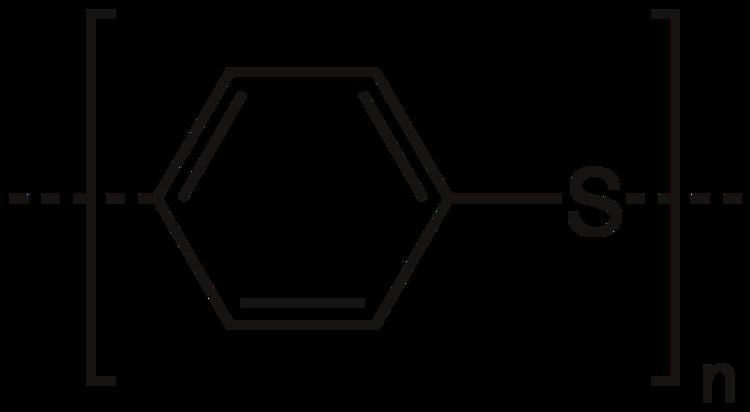 | ||
Polyphenylene sulfide (PPS) is an organic polymer consisting of aromatic rings linked with sulfides. Synthetic fiber and textiles derived from this polymer are known to resist chemical and thermal attack. PPS is used to make filter fabric for coal boilers, papermaking felts, electrical insulation, specialty membranes, gaskets, and packings. PPS is the precursor to a conducting polymer of the semi-flexible rod polymer family. The PPS, which is otherwise insulating, can be converted to the semiconducting form by oxidation or use of dopants.
Contents
- Global polyphenylene sulfide pps market would reach 1 856 million by 2022
- Manufacturers and trade names
- Fiber characteristics
- Production
- References
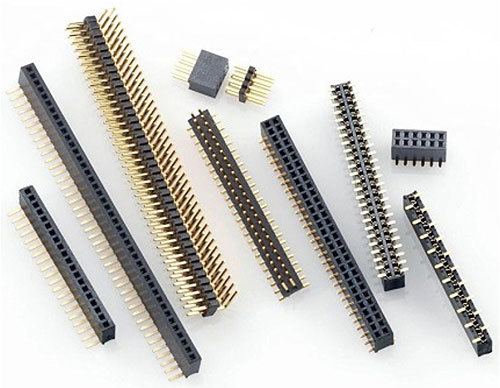
Polyphenylene sulfide is an engineering plastic, commonly used today as a high-performance thermoplastic. PPS can be molded, extruded, or machined to high tolerances. In its pure solid form, it may be opaque white to light tan in color. Maximum service temperature is 218 °C (424 °F). PPS has not been found to dissolve in any solvent at temperatures below approximately 200 °C (392 °F). An easy way to identify the compound is by the metallic sound it makes when struck.
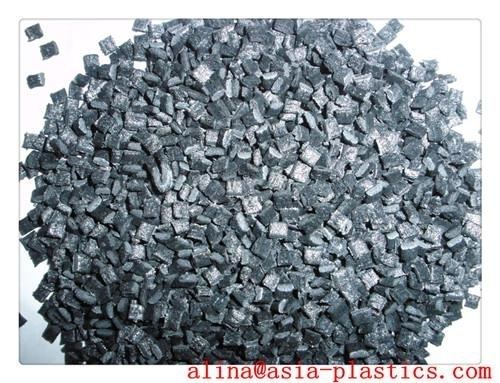
Global polyphenylene sulfide pps market would reach 1 856 million by 2022
Manufacturers and trade names

PPS is marketed by different brand names by different manufacturers. The major industry players are China Lumena New Materials, Solvay, Kureha, SK Chemicals, Celanese, DIC Corporation, Toray Industries, Zhejiang NHU Special Materials, SABIC, and Tosoh. Other manufacturers include Chengdu Letian Plastics, Lion Idemitsu Composites, and Initz (a joint venture of SK Chemicals and Teijin).
The following are examples of brand names by manufacturer and PPS type:

Fiber characteristics
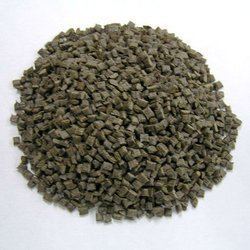
PPS is one of the most important high temperature thermoplastic polymers because it exhibits a number of desirable properties. These properties include resistance to heat, acids and alkalies, and to mildew, to bleaches, aging, sunlight, and abrasion. It absorbs only small amounts of solvents and resists dyeing.
Production
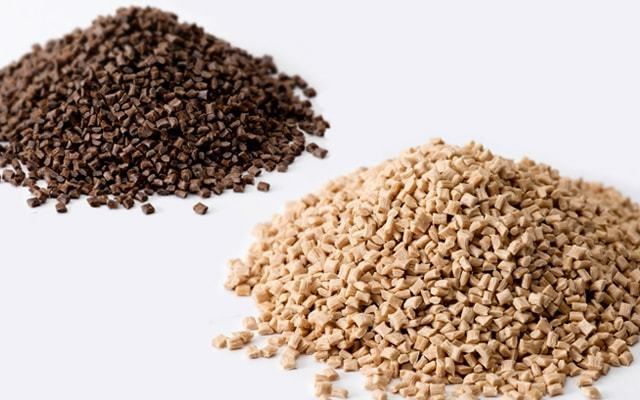
The Federal Trade Commission definition for sulfur fiber is "A manufactured fiber in which the fiber-forming substance is a long chain synthetic polysulfide in which at least 85% of the sulfide (—S—) linkages are attached directly to two (2) aromatic rings."
The PPS (polyphenylene sulfide) polymer is formed by reaction of sodium sulfide with p-dichlorobenzene:
ClC6H4Cl + Na2S → 1/n [C6H4S]n + 2 NaCl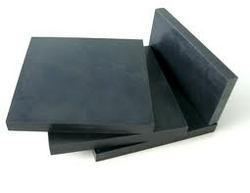
The process for commercially producing PPS (Ryton) was initially developed by Dr. H. Wayne Hill Jr. and Mr. James T. Edmonds at Phillips Petroleum Company. NMP is used as the reaction solvent since it is stable at the high temperatures required for the synthesis and it dissolves both the sulfiding agent and the oligomeric intermediates.
Linear, high molecular weight PPS that is capable of being extruded into film and melt spun into fiber was invented by Dr. Robert W. Campbell.
The first U.S. commercial sulfur fiber was produced in 1983 by Phillips Fibers Corporation, a subsidiary of Phillips 66 Company.
